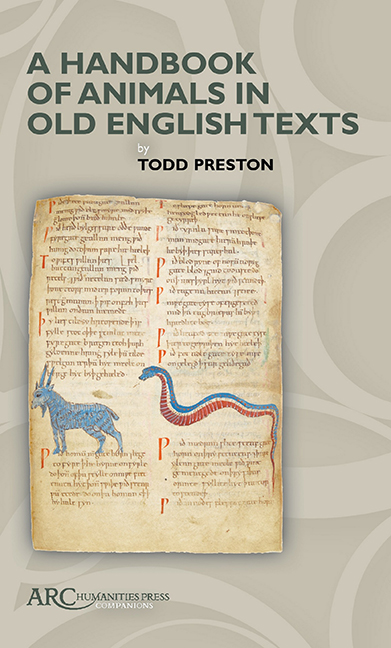Summary
ANT OE: æmette
Families: Dolichoderinae, Formicinae, Myrmicinae, Ponerine
TODAY, THERE ARE over forty species of ants native to England. Among the most common species are the common black garden ant (Lasius niger), the European red ant (Myrmica rubra), and the wood ant (Formica rufa). The black and red ants are usually a little under a quarter of an inch (6 mm) long, while the wood ants grow slightly larger. While the colours of black and red ants, respectively, are fairly obvious, the wood ant combines the colouration of the two, having a blackish head and abdomen, but a reddish thorax. As the name implies, the wood ant is more common in woodland settings, while L. niger and M. rubra are more likely to be found in and around human habitations. All of these species are colony-based, living in complex communities. Perhaps the biggest distinction among them is M. rubra's aggressiveness and ability to sting, earning it the alternate name of the European fire ant.
The archaeology of ants is unsurprisingly difficult. Although fairly ubiquitous to modern eyes, they can be surprisingly scant in the archaeological record. While many site reports may include information on insect assemblages, few treat specifically on ants. Nevertheless, the paucity of gathered evidence is not indicative of the insects’ probable ubiquity.
Old English literature has very few references to ants as commonplace insects. Actual ants appear only in the medical remedies of Bald's Leechbook and the Latin–Old English glossaries. In the glossaries, æmette simply glosses the Latin formica (ant). The Leechbook engages with the ant in a more significant, if suspect, way. For the healing of a wounded dog's atrophied sinews, the text instructs that one should “nime æmettan mid hiora bedgeride” (take ants with their nest-food) and boil them into a restorative poultice. While the efficacy of the cure may be in doubt, the acknowledgement of the presence of ants is most certainly not.
Alternately, texts such as Marvels of the East cite ants as miraculous creatures of far-off lands where there are “æmættan swa micle swa hundas” (ants as big as dogs). Although these miraculous ant-creatures are not a major fixture of early medieval English culture, they do operate as an example of how the authors of the period were influenced by cultures far removed from their own. Similarly, the ants in the Old English translation of the Latin life of St.
- Type
- Chapter
- Information
- A Handbook of Animals in Old English Texts , pp. 8 - 183Publisher: Amsterdam University PressPrint publication year: 2022



